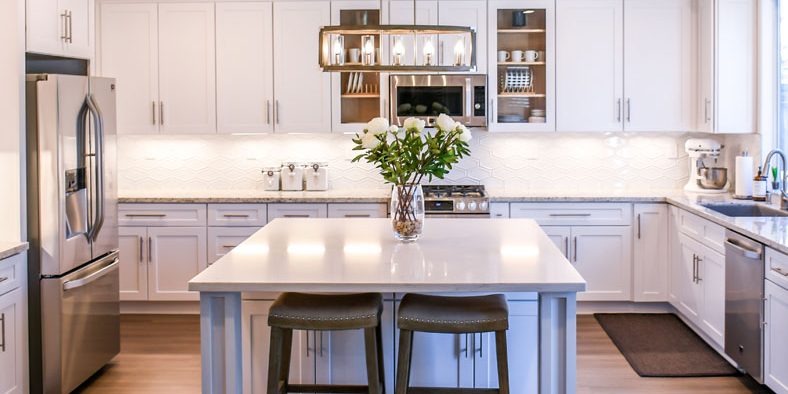A kitchen renovation is one of the most rewarding home improvement projects you can undertake. It not only boosts your home’s value but transforms your daily routine by making cooking, entertaining, and family time more enjoyable. But before you jump into demolition or start choosing splashbacks, it’s important to plan carefully. Here’s what you should consider before renovating your kitchen.
Define Your Goals and Priorities
The first step in any renovation is to understand what you’re trying to achieve. Do you need more storage? A better layout for entertaining? A modern, open-plan design? Identifying your priorities will guide every decision, from layout to materials.
Make a list of your “must-haves” and “nice-to-haves.” This will help you stay focused if compromises are needed along the way.
Set a Realistic Budget
Renovations can be costly, so setting a clear budget from the outset is essential. Be sure to factor in not just materials and labour, but also hidden costs like plumbing upgrades, electrical work, or structural repairs that might arise.
It’s wise to set aside a contingency fund of around 10–15% for unexpected expenses. This way, you won’t be caught off guard by last-minute surprises.
Choose the Right Layout
A functional kitchen starts with a well-planned layout. Think about the kitchen work triangle—the relationship between the sink, stove, and fridge. These three points should form an efficient pathway for food preparation.
Popular layouts include U-shaped, L-shaped, galley, and island kitchens. Consider how people will move through the space and ensure there’s enough room for multiple users if needed.
Focus on Storage Solutions
No one ever complains about having too much storage in the kitchen! Whether you have a large kitchen or a compact one, maximising storage will keep your space clutter-free and functional.
Consider pull-out pantries, deep drawers for pots and pans, overhead cabinets that reach the ceiling, and clever corner solutions. You might also explore custom cabinetry for tailored storage that suits your specific needs.
Select Durable, Low-Maintenance Materials
Your kitchen works hard every day, so it’s important to choose materials that can stand up to heat, spills, and frequent cleaning. Look for benchtops that are both durable and easy to maintain, such as engineered stone, quartz, or granite. For splashbacks and flooring, choose surfaces that are moisture-resistant and easy to wipe clean.
If you’re planning a kitchen renovation in Ryde or surrounding areas, you can explore material and finish options as part of these kitchen renovations Ryde services to ensure a balance of style and durability.
Plan Lighting Carefully
Lighting plays a crucial role in both the functionality and ambiance of your kitchen. Aim for layered lighting—use downlights for general illumination, task lighting under cabinets for food prep areas, and pendant lights over islands or dining spaces to create a focal point.
Good lighting ensures safety while cooking and adds warmth and character to the heart of your home.
Don’t Forget Ventilation
Proper ventilation is often overlooked but is key to keeping your kitchen fresh and moisture-free. Installing a quality rangehood or exhaust fan will help remove cooking odours, steam, and grease from the air. If possible, include windows or louvres to improve natural airflow.
Consider Energy Efficiency
A kitchen renovation is the perfect opportunity to make your space more energy-efficient. Choose appliances with high energy ratings, install LED lighting, and opt for water-saving taps. You can also incorporate sustainable materials or design choices that reduce your environmental footprint.
These upgrades won’t just benefit the planet—they’ll also save you money on utility bills in the long run.
Work with a Professional
While it might be tempting to DIY parts of your renovation, working with an experienced professional can save you time, stress, and costly mistakes. Bringing It All Together
Renovating your kitchen is an exciting project, but it requires thoughtful planning to get it right. By considering your goals, budget, layout, storage, and materials, you’ll be well on your way to creating a beautiful, functional space that meets your needs.

